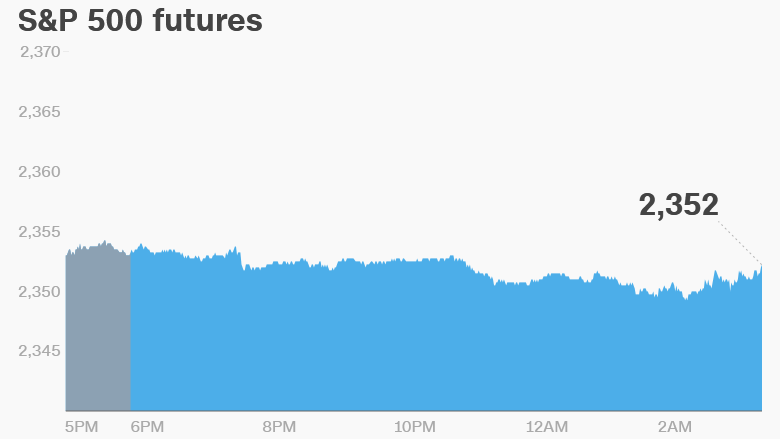Table of Contents
- Premarkets: 5 things to know before the open
- Premarkets: 4 things to know before the open
- Nasdaq Premarket Trading - YouTube
- Premarket: 6 things to know before the bell
- Premarket: 5 things to know before the bell
- Premarket: 7 things to know before the bell
- Premarket: 5 things to know before the bell
- Premarkets: 5 things to know before the open
- Premarket Trading - Alphatrends
- How You Can Make Big Money from Premarket Trading - TRADEPRO Academy TM
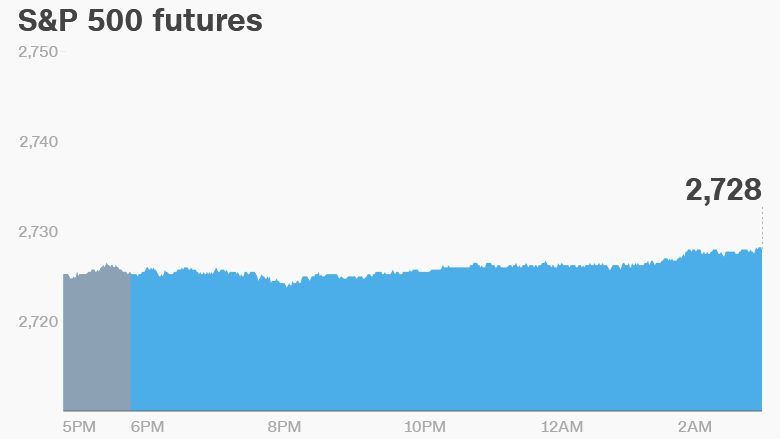

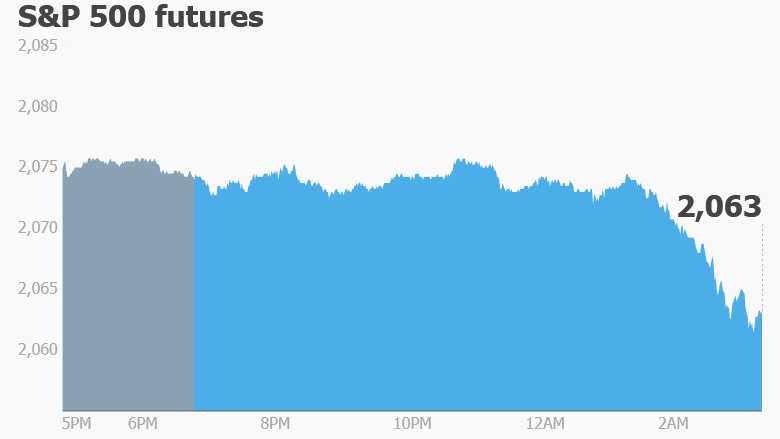
What is Pre-Market Trading?
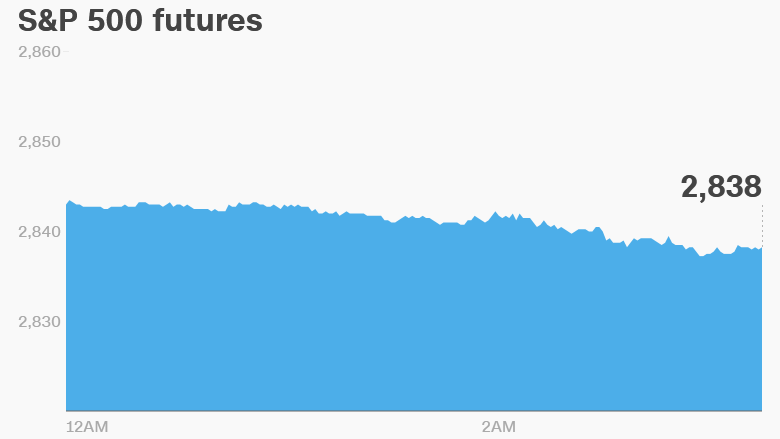

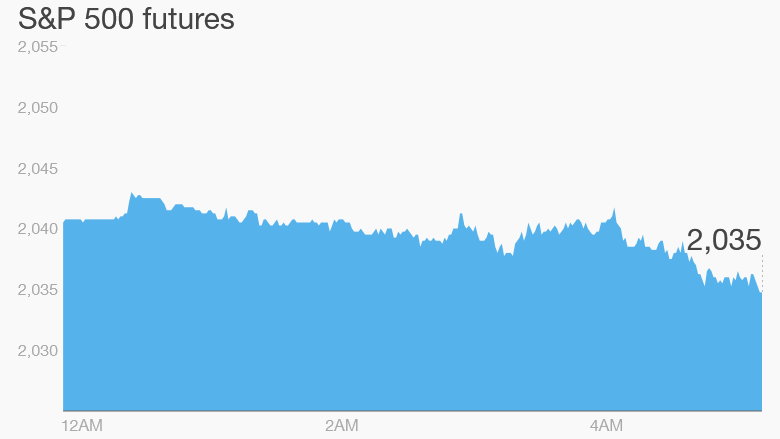
How Does Pre-Market Trading Work?



Benefits of Pre-Market Trading
Pre-market trading offers several benefits to investors, including: Reacting to overnight news: Investors can respond quickly to news and events that occur outside of regular trading hours, potentially gaining an edge in the market. Increased flexibility: Pre-market trading allows investors to trade at times that may be more convenient for them, such as before work or during their lunch break. Improved liquidity: Pre-market trading can provide additional liquidity for investors, particularly for those who need to buy or sell large quantities of securities.